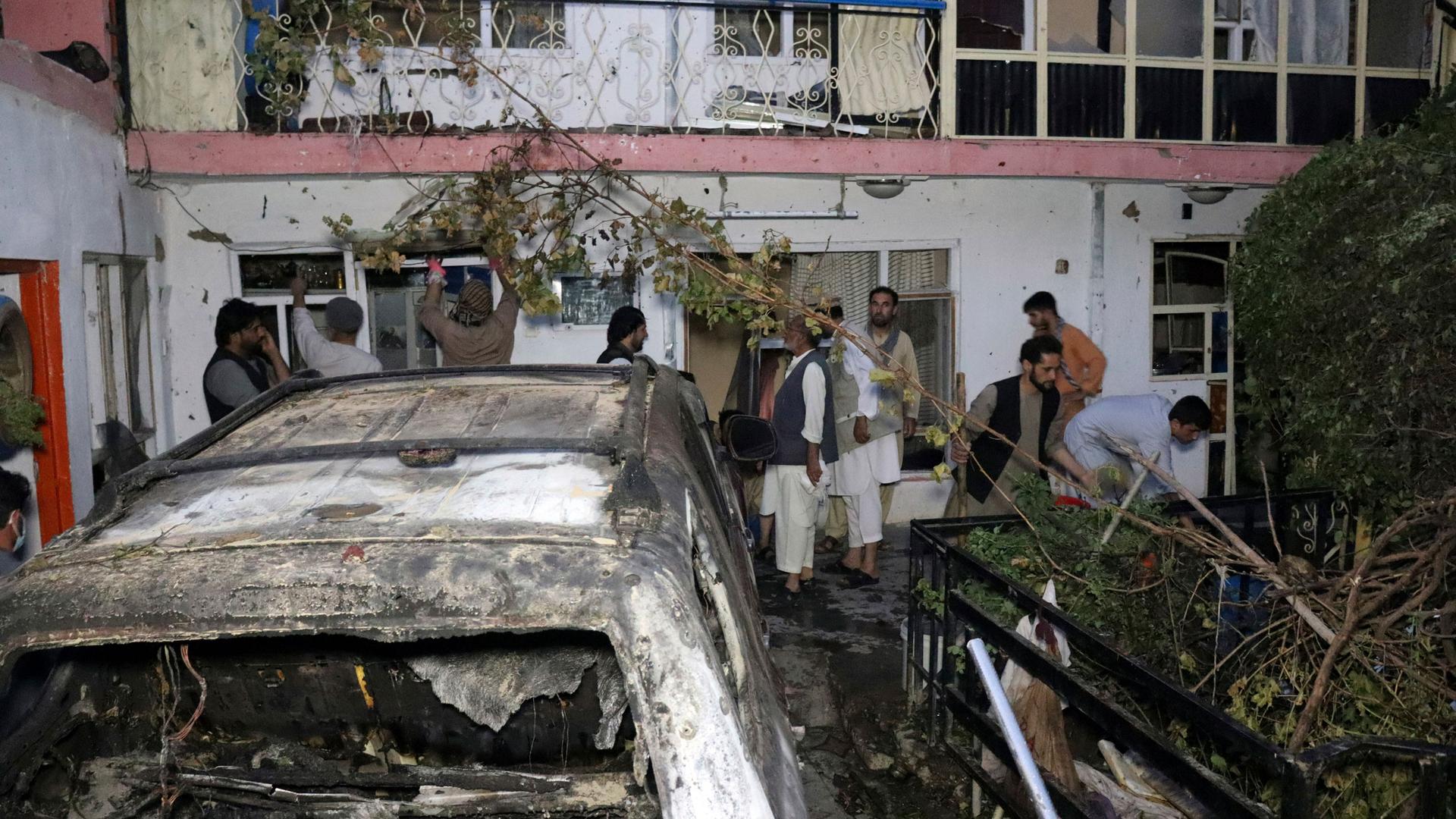This analysis was featured in Critical State, a weekly foreign policy newsletter from Inkstick Media. Subscribe here.
In last week’s Deep Dive, we looked at new research on how states are using the opportunity provided by the COVID-19 pandemic to expand their repressive repertoires. This week we’ll look at a different kind of state opportunism — the kind of ontological opportunism states grasp when their version of the truth is pitted against the stories told by civilians and international organizations in conflict.
Related: Opportunity seizure: Part I
In a forthcoming article, scholars Christiane Wilke and Khalid Mohd Naseemi investigate the wide gaps between different estimates of civilian casualties resulting from US operations in Afghanistan. As an opening case study, they look at a US airstrike in Herat province in 2008 that killed a number of civilians who were near an insurgent fighting position. At first, the US military denied that there had been any civilian casualties. Eventually, however, US forces claimed that the strike had killed 33 civilians and 22 insurgents. The Afghanistan Independent Human Rights Commission (AIHRC) — an independent Afghan investigative body associated with the Afghan government — said that 91 people had been killed, of whom at least 78 were civilians, which is over twice the number claimed by the US. The UN Assistance Mission in Afghanistan (UNAMA) said that 92 civilians had been killed in the strike.
Wilke and Naseemi are interested in both the technical and political reasons for these kinds of discrepancies. In their persuasive telling, it is primarily the political prerogatives of a being a powerful state that allow the US to consistently lowball civilian casualty estimates.
There are technological differences between how the US and other actors go about establishing civilian death tolls. The US military uses its substantial surveillance abilities to track physical evidence of civilian casualties. It has access to video of many airstrikes, as well as video of strike targets in the minutes (and sometimes hours and days) leading up to airstrikes and significant expertise in interpreting that video. It also has internal reports from people who conduct the strikes. Combined, the US military’s reliance on these technical inputs constitute what Wilke and Naseemi call a “forensic turn” in US evaluation of civilian casualties. By claiming that these technical methods are definitive, the US can reject the kind of work that AIHRC, UNAMA, and other groups do to investigate civilian casualties.
The work that the US rejects basically boils down to one thing: Talking to people. The US flatly refuses to interview non-military witnesses to airstrikes, and has severely criticized investigations that involve witness testimony. Complaining about the UNAMA and AIHRC reports on the 2008 strike, US General Michael Calahan said that witness testimonies were “tainted by alleged witnesses’ interest in seeking financial, political, and/or survival agendas.” Setting aside the general’s concern about the apparently perfidious “survival agendas” of civilians in wartime, his statement draws its weight from the implication that the US forensic approach is somehow free from bias.
Yet, as Wilke and Naseemi argue, the forensic turn and the devaluing of witness testimony is not only biased, but serves to reify the advantages the US enjoys in being the dominant interpreter of its own actions. One of the largest sources of discrepancy Wilke and Naseemi found in their research is differences in who counts as a civilian. A 2019 US airstrike in Farah province is a case in point. US forces bombed a suspected drug lab in Farah, killing or injuring as many as 145 people. The US reported exactly zero civilian casualties from the strike, effectively claiming that if you worked in a drug factory that paid taxes to the Taliban, you could not count as a civilian. UNAMA, conversely, spoke to people in the area who reported that many who worked in the drug lab did so out of economic necessity or as a result of Taliban coercion, and were not Taliban members themselves. UNAMA issued a report saying that it had verified 30 civilian deaths in the airstrike, but estimated that there were far more.
These discrepancies in definition and witness legitimacy draw on what Wilke and Naseemi call “racialized hierarchies of credibility.” The US draws on racialized perceptions of Afghans as being fundamentally less trustworthy than actors from major, white-led institutions to create opportunities to tell the accepted story about its own actions in Afghanistan. Even UNAMA does this, although to a lesser extent. After all, it does speak with Afghans, but the credibility of its reports is a reflection on the esteem in which the UN is held, rather than the Afghan witnesses they rely on. The way race and institutional hierarchies shape public perceptions about who can be believed, therefore, is maybe the single greatest mediator of truth in armed conflict. It is the difference, in the popular imagination, between 33 people being killed in an ill-considered airstrike seven years into a two decade war, or 92 being killed in the same strike.
Critical State is your weekly fix of foreign policy without all the stuff you don’t need. It’s top news and accessible analysis for those who want an inside take without all the insider bs. Subscribe here.
